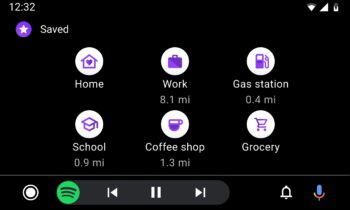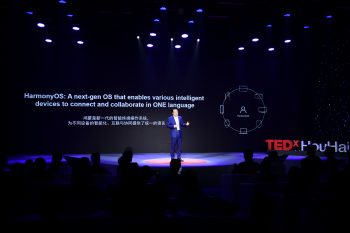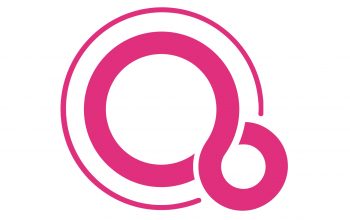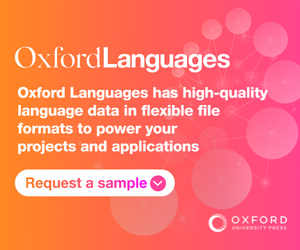Google wants developers to bring their IoT apps to cars
Google is making it easier for developers to bring their Internet of Things (IoT) apps to cars.
Developers can begin building their IoT apps for cars using driving-optimised templates from the ‘Android for Cars App Library’.
The Automotive OS emulator for Android Automotive OS and the DHU for Android Auto simplifies testing apps for this category.
Interested developers should check out the updated documentation, car quality guidelines, and design...


















Recent Comments